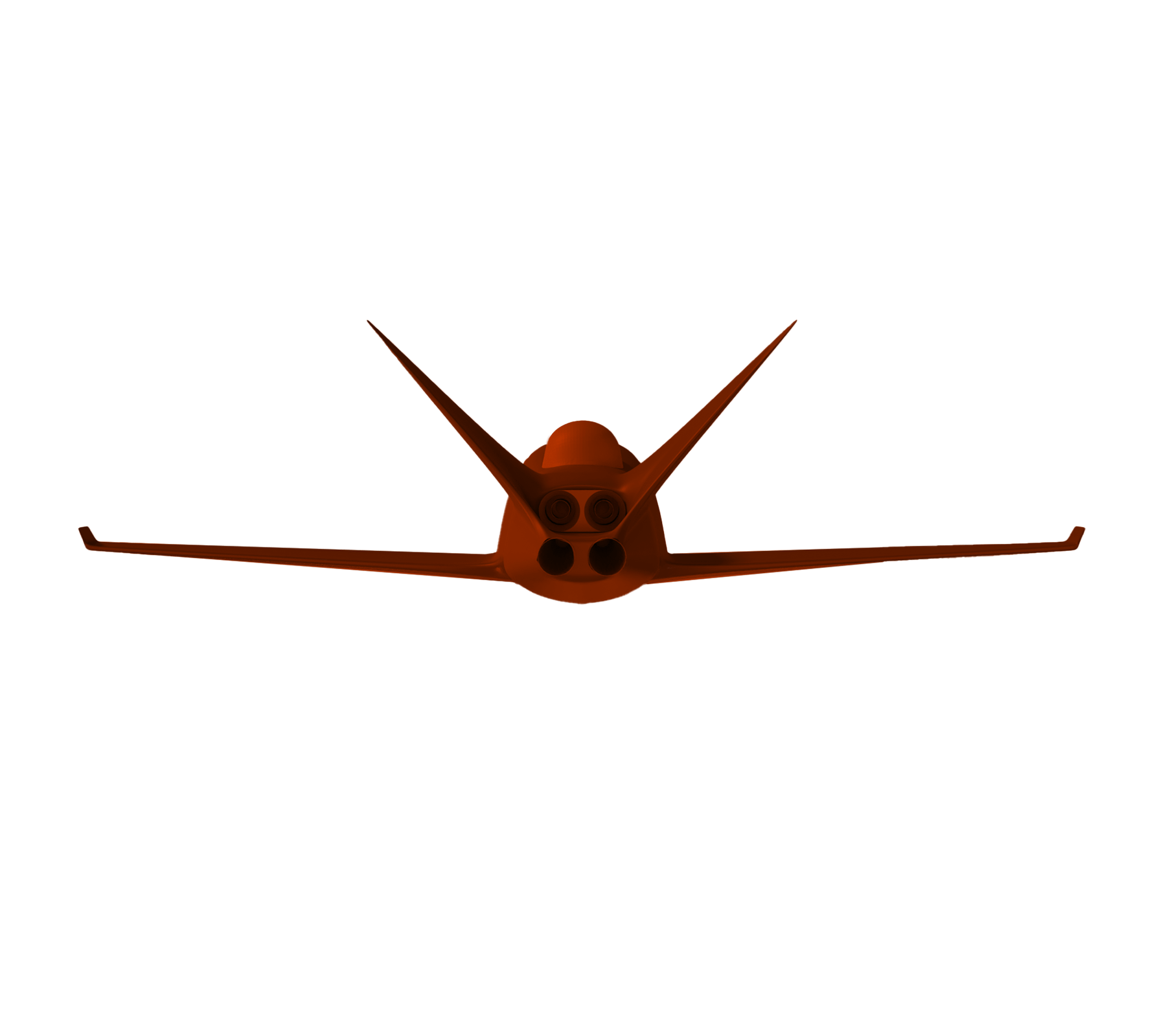What are Wave Engines?
Wave engines, also known as pulsejet engines, are a class of aircraft engines that operate using pressure waves instead of rotating machinery. These engines are characterized by extreme simplicity, essentially being hollow tubes with no moving parts. This type of engine manipulates the compressible (“spring-like”) nature of air – the same characteristics that allow for sound – to generate thrust for high-speed flight.
How does it work?
An engine cycle begins with a fresh charge of fuel and air in the combustion chamber. When this is ignited, the combustion process raises the temperature and pressure of the gasses inside the tube, and hot combustion products are expelled from both ends of the tube. These hot jets of gas create positive thrust and allow for high-speed flight. The inertia of the high-speed gas jets, however, leads to an overexpansion (i.e., “overstretching”) of the gas inside the tube, leading to a partial vacuum inside the tube. Following this, the tube attempts to suck in fresh air to fill the partial vacuum created by the prior combustion event. Once this fresh air is ingested by the tube, it is again injected with fuel and ignited to repeat the process.
The result of the aforementioned series of events is a mechanically simple device that is able to generate thrust for high-speed flight at fuel efficiency levels comparable to jet (turbine) engines, while having the additional advantages of being affordable, mid-air restartable, and able to burn a variety of fuels, including sustainable fuels such as bioethanol-based E85.
Wave Engine Operating Cycle

1 – Combustion

2 – Exhaust / Thrust Production

3 – Vacuum / Flow Reversal / Air Intake

4 – Repeat / Combustion
The benefits of Wave Engines
High performance
Our flight-proven jet propulsion systems satisfy the need for speed whilst being immune to debris ingestion and demonstrating high tolerance to damage.
Sustainable
We are committed to decarbonizing flight by operating on widely-available and commercially viable biofuels, including demonstrated operation on bioethanol E85. Thrust Specific Fuel Consumption (TSFC) is now competitive with turbine engines – and continues to improve.
Mid-air restartable
A proven capability: the unique nature of our technology allows us to start and restart our engines in mid-air.
Simplicity
Instant start on liquid fuel. Operation on commercially-available fuels with no blending requirements. Complete digital control. These are just some of the operational advantages over other types of powerplants.
Affordable
Our engine technology enables unparalleled levels of affordability with no moving parts. For professional-grade engines, we are far more cost-effective than other types of high-speed propulsion technologies.
Redefine the Aviation Landscape
Our current product offerings are proven enablers for high-speed UAVs.
But the future is equally exciting.
Demonstrated technological advancements, including the ability to lock pairs of engines in anti-phase, unlock the potential for larger commercial applications. Other unique attributes, such as instant throttle response, also allow for vertical lift and active stabilization of aircraft using wave engine technology, opening the door for a new class of high-speed VTOL platforms.

